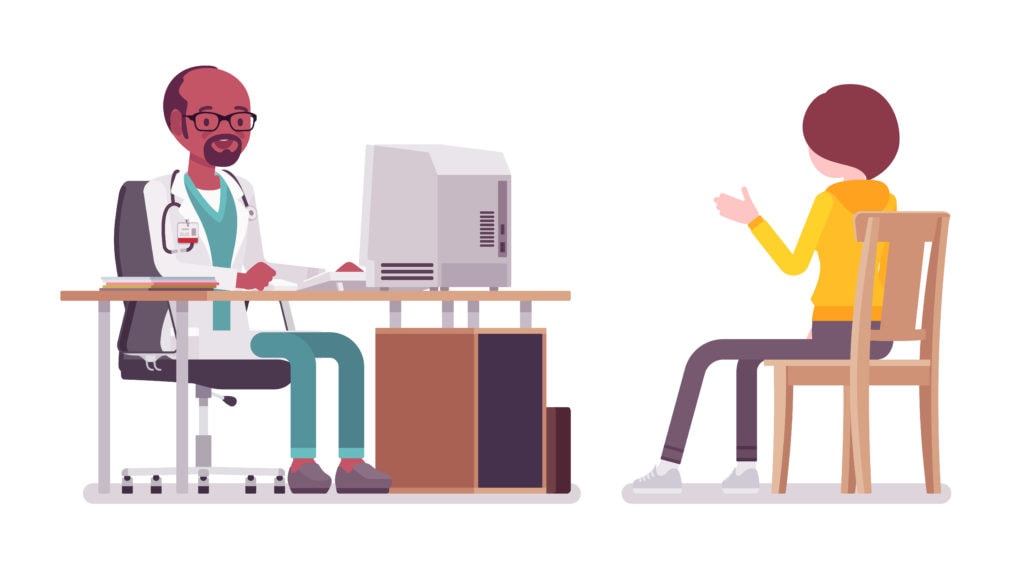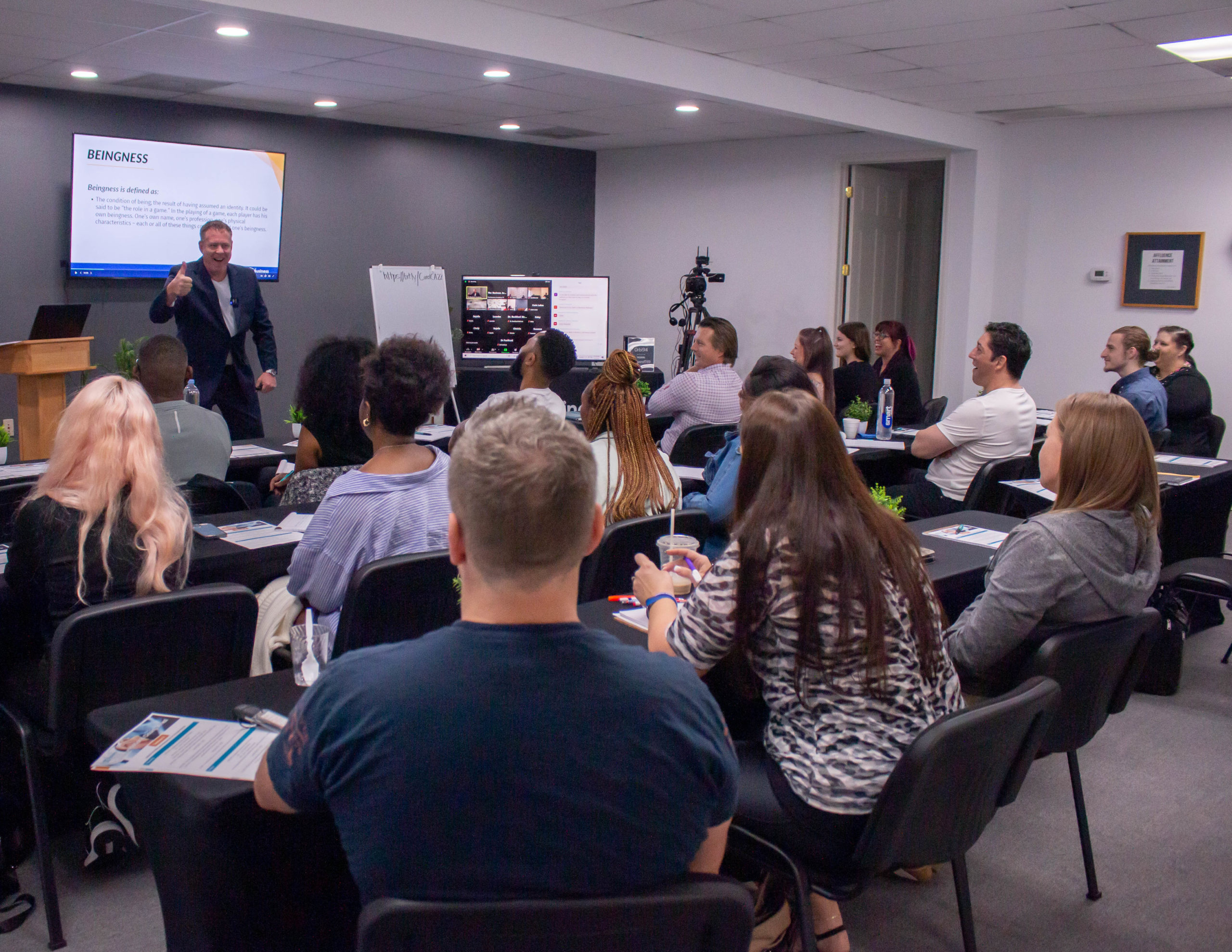
Patient education. Some practice management groups will preach to you like an evangelist from the pulpit about patient education.
They’ll tell you, “If you want to have a patient purchase your care plan, you must learn how to educate them better. You have to get your patients to understand the help you are providing them. If they really understand it, they will want it and buy it.”
No. They won’t.
Because patient understanding alone is not enough. When you are attempting to get a person to buy your product just by getting them to understand the value, you are actually trying to convince them. You may convince a few patients to buy your services using that method but it will not be the majority.
Don’t try to convince. Penetrate.
Yes. Penetrate. What do I mean? When you penetrate you actually get through to a person on a more personal level.
When you penetrate you break through your patient’s social niceties and machinery. “How you doing, Joe?” “Great, Bill. How about you?” “Oh, finer than fine frog hair, Joe.”
Social machinery. Not the truth. The truth is, Joe’s wife ran off with their dentist, and Bill’s accountant embezzled his company’s bank accounts. So neither one is great or fine. And certainly not as fine as frog hair!
To get through to patients, you have to learn how to penetrate. And you don’t penetrate by getting them to understand chiropractic. You could get patients to understand so well that they could pass a test and get 100%. But it won’t help you sell your services.
If it’s not understanding, what is it that gets through to a patient so they buy?
Awareness. Awareness is what gets people to buy. If you want a patient to invest in their health, you will need to help them to become aware. You need awareness, not understanding. What’s the difference? Here is an illustration.
There are these people. You may have heard of them. They’re called smokers, and they’re addicted to nicotine. And every day, they pull out their pack of cigarettes and smoke at least one (but probably more) cigarette. When they do this they unconsciously try to handle the pack so that they don’t see the warning label.
Whether they see it or not is unimportant. They’ve seen it many times and probably read it more than once. It tells them that smoking cigarettes causes people to contract fatal diseases—like lung cancer, emphysema, and heart disease.
And here’s the kicker: they understand every word in that warning. BUT THEY DON’T STOP SMOKING.
Until one day when they go to a doctor who says, “You see this spot on your X-ray? It looks like you have cancer. You have to stop smoking.”
In that instant, they are yanked into the awareness that the cigarette warning label has something to do with them. And you know what the majority of them do? Well, unless they are apathetically suicidal, they stop smoking.
Understanding doesn’t motivate people. Awareness does.
We train doctors and case managers (lay people who do the patient education for the doctor) on how to improve their patients’ awareness by applying the appropriate communication skills in the report of findings.
If you want to learn more about our specialized ROF communication skills, you can call Joanna at 888-989-0855 and schedule to talk to one of our consultants for free. Or, if you have consultaphobia, you can wait for my next blog article where I will cover more on how to improve your patients’ awareness.
“What we’ve got here is failure to communicate.” ~ Strother Martin, Cool Hand Luke









